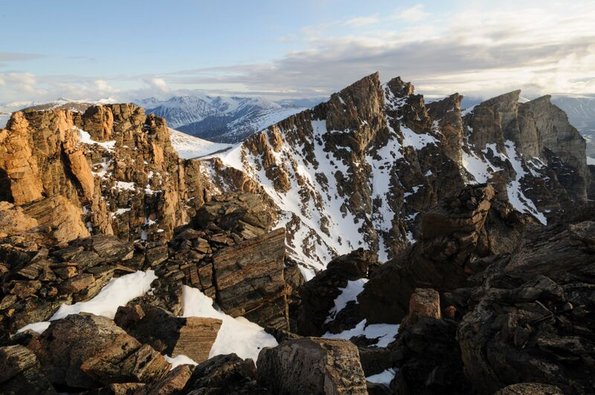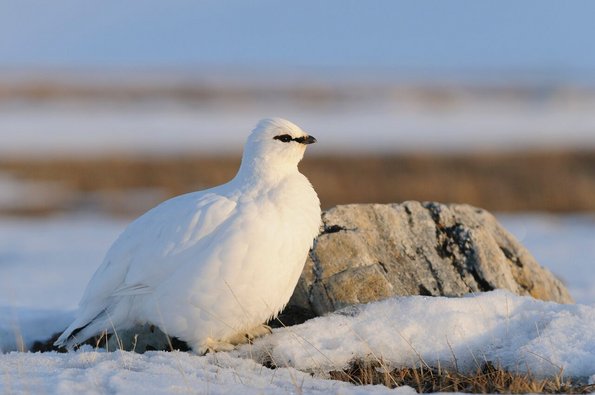About
The objective of the station is to facilitate ecosystem research in the High Arctic. Basic non-exclusive focus areas of the station include:
- Basic quantitative documentation of ecosystem structure and processes
- Baseline studies of intrinsic short-term and long-term variations in ecosystem functions
- Retrospective analyses of organic and inorganic material to detect past ecosystem changes
- Experimental studies enabling predictions of ecosystem responses to Global Change
This is done by:
- Providing facilities, logistic services and accommodation at Zackenberg
- Offering logistic support for transport to and from Zackenberg
- Providing access to a wide range of both biotic and abiotic data from the long-term monitoring programme at Zackenberg through the GEM database.
Field season
During the summer field season (June, July and August) Zackenberg Research Station is staffed by minimum with a scientific and/or logistics manager, a logistician and a cook. During the rest of the year, there will be logisticians based at Zackenberg only in periods with resident researchers - as arranged for through agreement with the Zackenberg Secretariat at the Department of Bioscience, Aarhus University.
Access to the station and the designated research zones for any research project is given by Greenland Ecosystem Monitoring (GEM) Coordination Group on the basis of a proposal (Application form) describing aims and practicalities of the field research.
Accomodation
Zackenberg Research Station provides accommodation facilities for 24 persons at a time. Besides, the station has several laboratories at disposal for guest scientists. An unmanned research house in Daneborg provides accommodation for 10 people at a time. The logistics staff can help with transport to/from Zackenberg/Daneborg and with transport in the local area. Good advices in relation to your travel to/from Zackenberg/Daneborg and your stay at Zackenberg/Daneborg are collected in the ZERO Site Manual.
Study Area
The study area around Zackenberg is in the zone of continuous permafrost with an active layer thickness varying from 20 to 100 cm. A major geological flexure and thrust zone dissecting Zackenbergdalen (note: 'dalen'= 'the valley'), the core study area, separates Caledonian gneiss bedrock (to the west) from Cretaceous sandstones and Tertiary basalts (to the east). The margin of the Greenland Ice Sheet is located c. 60 km to the west of Zackenberg Research Station. The core study area was de-glaciated c. 8,000 years ago and it holds a great diversity of biotopes like ponds, fens, heaths, fell field plateaus and grasslands.
The Zackenberg secretariat zackenberg@au.dk can help you with issues relating to research, monitoring and logistics at Zackenberg Research Station.

